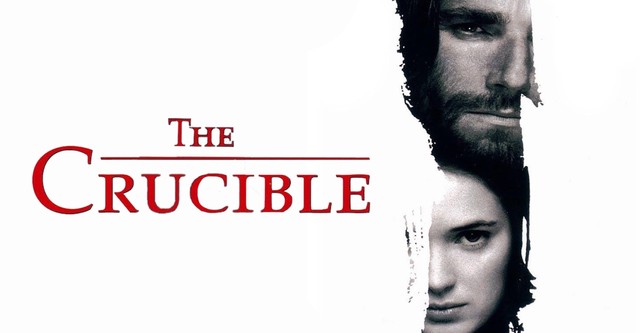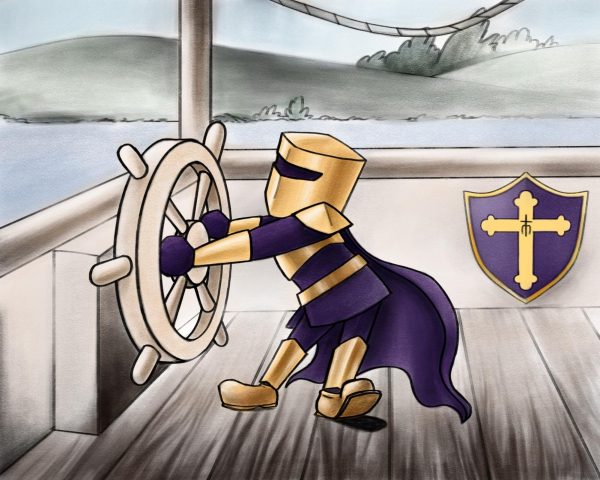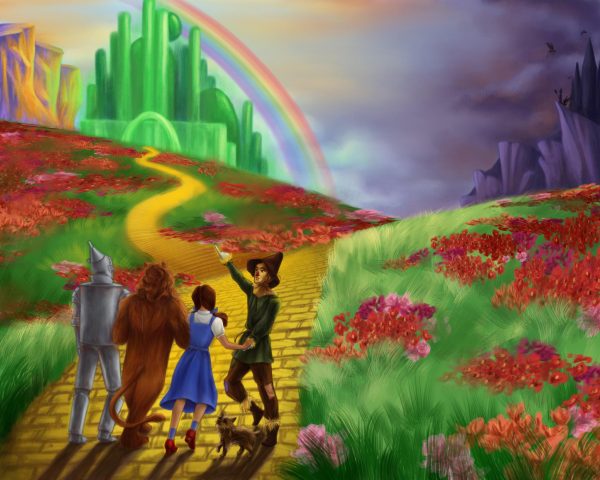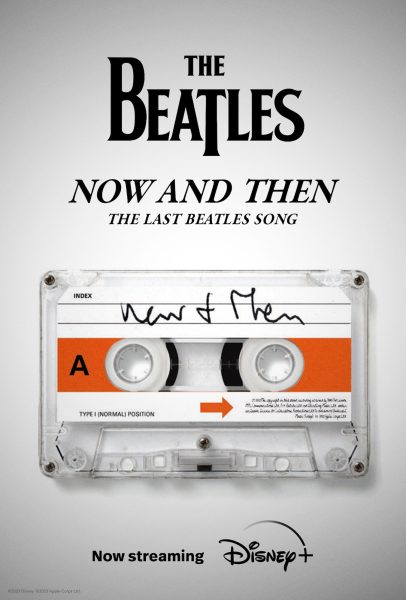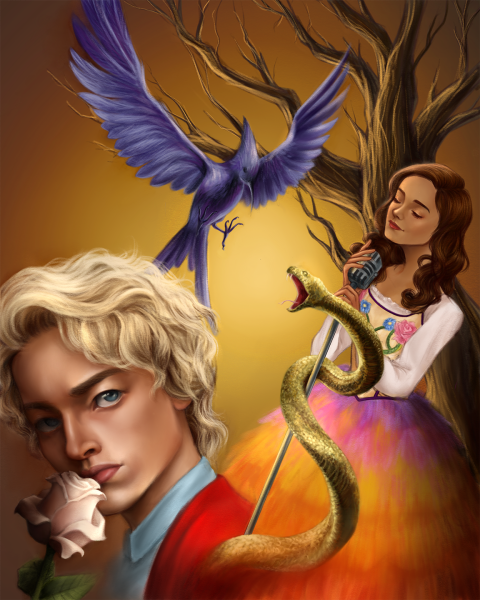‘The Crucible’ themes still resonate today
The Crucible, a play by Arthur Miller, was made into a movie in 1996, but the themes are still relevant today.
July 21, 2022
The story of The Crucible revolves around one moment of desire in which a man named John Proctor (portrayed by Daniel Day-Lewis in the movie) becomes involved with his servant girl, Abigail Williams (portrayed by Winona Ryder).
Abigail is angry because she was rejected by a remorseful Proctor, and hates his wife Elizabeth (portrayed by Joan Allen). She responds with allegations against Elizabeth after the Reverend Parris (portrayed by Bruce Davison) witnesses her and her friends in a midnight ritual in the forest and charges her with sinful behavior.
Reverend Parris is a limited man, but not necessarily a bad one. Reverend Hale (portrayed by Rob Campbell), an advisor, is brought in to force another of the moonlight dancers to confess. Tituba is a slave who was taken from Barbados and brought to this New World. Abigail and others blame her, saying she tutored local girls in witchcraft, though it’s hard to imagine class and racial barriers being so easily crossed at the time… considering this play takes place in 1692.
Soon enough, the entire village is shrouded in accusations and counter-accusations. Hale begins to suspect some of the motives of the accusers, but events have already started. Judge Danforth (portrayed by Paul Scofield), an experienced “witch-hunter,” is brought to town to try and end this “Satan-worshiping,” and then is too stubborn to back down, even as the evidence appears to be practically fading away.
Although people in this day and age are no longer worried about communism, some are still concerned about targeting people who are different.
Arthur Miller’s play is about religious hysteria powered by repressed and denied desires. All through the action, accusations of witchcraft abound, with all of them being false, and most of them motivated by revenge or a misguided means to please God. The play was easily understood when it was first performed as an analogy for Joseph McCarthy’s anti-communist opinions and campaigns. Oddly, we now have returned round again. Although people in this day and age are no longer worried about communism, some are still concerned about targeting people who are different.
One aspect I enjoyed about this movie was the visuals. The costumes and natural makeup are historically accurate, and the servant’s clothing appeared worn and used. The nature of Salem is accurate and beautiful. I’ve been there, and the nature is just as pure, with water just as blue as in the film.
Although the production and camera quality aren’t the best, even for the 1990s, I believe it added character to the film. It gave it an aged, worn-down, and dusty appearance. It wasn’t completely faithful to the original play, but that didn’t bother me.
In one of the first scenes, Abigail Williams (Winona Ryder) is seen walking down a street, and is stared down by two creepy men and gives them a disgusted look. Small details like these make the characters more human, as it adds to their character and makes them more relatable.
The Crucible is one of the most acclaimed plays in American history, but its film adaptation did not live up to its origins. Only making $7.3 million in box office sales, having an overall score of 69 percent rating on Rotten Tomatoes with an average rating of 7/10.
This film is helpful to get a good understanding of what the Salem Witch Trials were actually like, and I highly recommend watching it. It is available for rent on Amazon.


